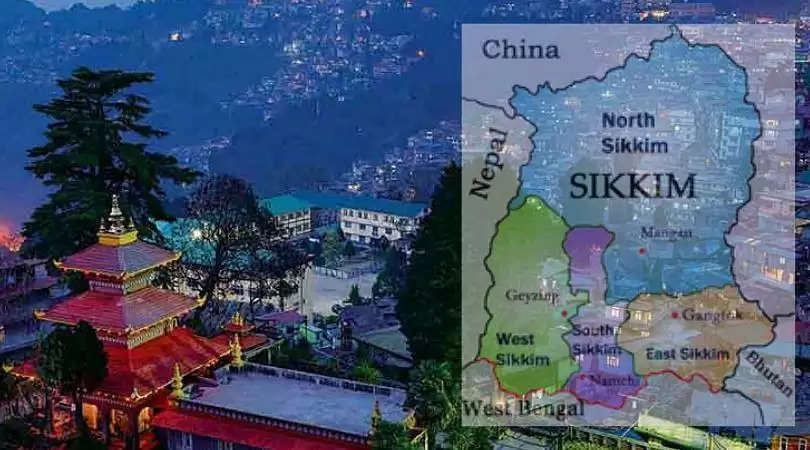Know your history | Here’s a brief guide into significance of Sikkim Statehood Day

GANGTOK | MAY 16, 2020:
Like every year, Sikkim celebrated its 45th State Day on May 16, on this day in the year 1975, Sikkim officially attained the status of its statehood under the union of India.
The Lepchas which means 'Children of God' were the earliest inhabitants of this region. They are an indigenous group of people also residing in Bhutan, Tibet, parts of Nepal and hills of West Bengal. A Buddhist guru had foretold about arrival of the monarchy in Sikkim.
As per legends, a fifth-generation descendant of Khye Bumsa, Phuntsog Namgyal, became the founder of Sikkim's monarchy in 1642. In 1700, it was invaded by the Bhutanese who were driven away by Tibetans. In 1791, China had sent troops to defend Tibet from Gorkha kingdom. After defeat of Gorkha, the Qing dynasty took over.
ALSO READ:
In the decades of the 19th century, Sikkim became a British protectorate, formalised by a convention signed with China in 1890. Before Indian independence, Jawaharlal Nehru passed a resolution in the Indian Constituent Assembly to the effect that Sikkim and Bhutan, as Himalayan states, were not 'Indian states' and they would be looked after separately. This sparked a movement in Sikkim, giving rise to the formation of Sikkim State Congress (SSC). It emerged into a civil disobedience movement.
In 1975, the Prime Minister of Sikkim appealed to the Indian Parliament for Sikkim to become a state of India. The Indian Army in April took over the city of Gangtok and disarmed the Chogyal's palace guards. 97.5 per cent of voters favoured a union with India and abolishing the monarchy. On 16 May 1975, Sikkim became the 22nd state of the Indian Union, and the monarchy was abolished.
After a great struggle and seeing through different rules, Sikkim became part of the Indian union. This day is thus very significant to all the residents of the state.
ALSO READ
Source: LY

















